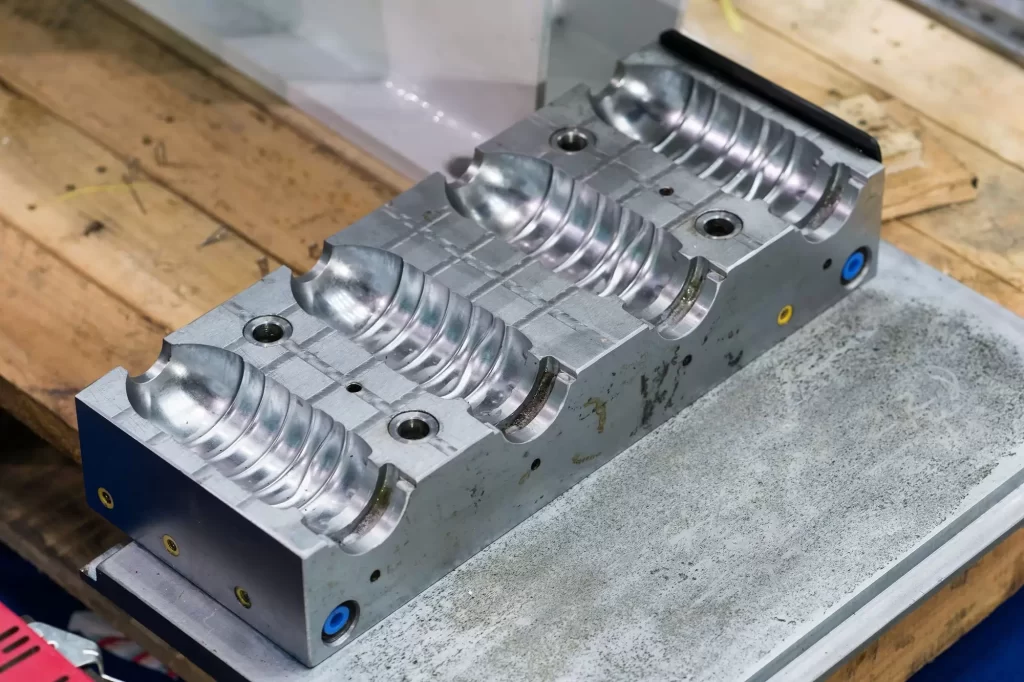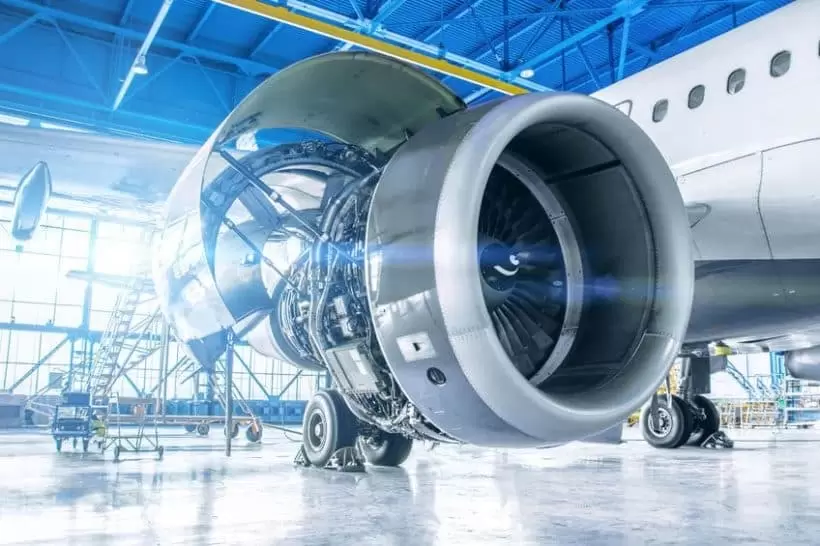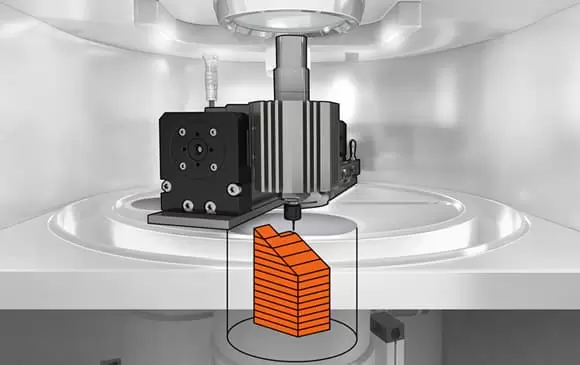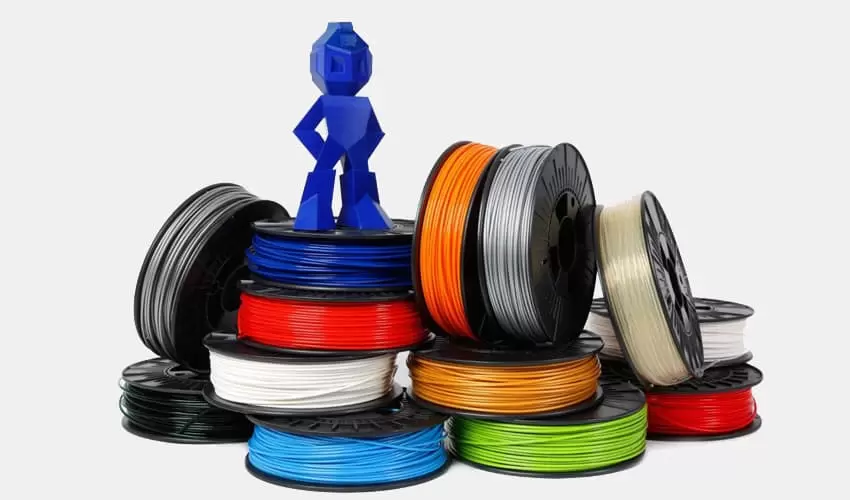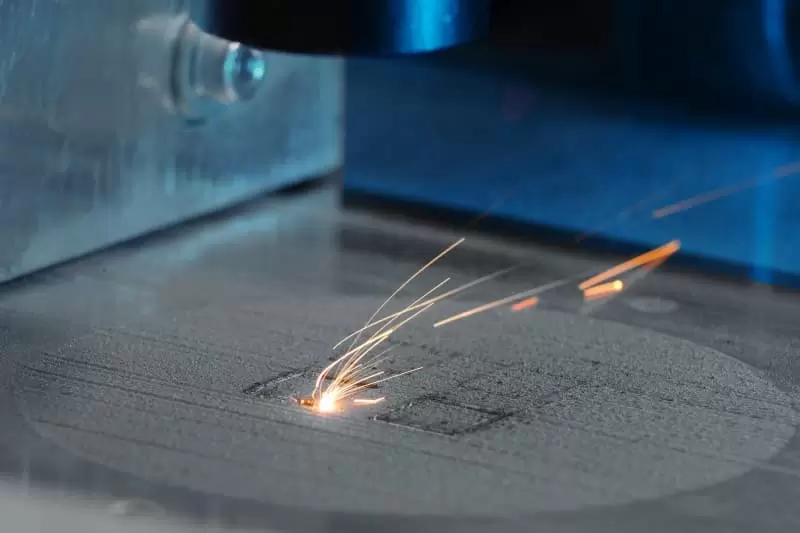Table of Contents:
- Introduction
- Materials Used in Plastic Mold Casting
- Plastic Mold Casting Process
- Types of Plastic Mold Casting
- Advantages of Plastic Mold Casting
- Applications of Plastic Mold Casting
- Quality Control in Plastic Mold Casting
- Conclusion
-
1.Introduction
Plastic mold casting is a manufacturing process that involves the injection of molten plastic material into a mold. The process is favored by many industries due to its cost-effectiveness, design flexibility, and high production efficiency. This process is used to produce high-quality finished products ranging from small intricate parts to large automotive panels.
The process begins with the preparation of a mold, which is then mounted onto an injection molding machine. The plastic material is heated to a molten state and then injected into the mold. Once the plastic has cooled and solidified, it is ejected from the mold, and the process can be repeated. The high-speed and cost-effective nature of this process make it ideal for large-scale production of finished products.
In the following sections, we will explore the materials used, the casting process, the advantages, applications, and quality control of plastic mold casting.
-
2.Materials Used in Plastic Mold Casting
Plastic mold casting involves the use of a wide range of materials to produce high-quality finished products. The choice of materials used will depend on the specific application requirements, such as the desired tensile strength, flexibility, and durability of the finished product. In this section, we will look at the types of plastic material commonly used in plastic mold casting, as well as other materials used in the process.
Types of Plastic Material Used:
- Polyethylene (PE): This is a widely used plastic material due to its low cost, high chemical resistance, and durability. It is used in various applications such as packaging, automotive, and construction.
- Polypropylene (PP): This material is well-suited for producing products with good stiffness and impact resistance. It is commonly used in the automotive and packaging industries.
- Polystyrene (PS): This plastic material has high clarity, making it a popular choice for producing transparent parts such as lighting covers and electronic housings.
- Polyvinyl Chloride (PVC): PVC is commonly used in the production of pipes, electrical cable insulation, and window frames due to its excellent electrical insulation properties and durability.
.
Other Materials Used in the Process:
- Molds: Molds are an essential part of plastic mold casting, and the type of material used will depend on the production requirements. Steel molds are durable and can handle high production volumes, while aluminum molds are more cost-effective and can be used for low to medium production volumes.
- Additives: Additives such as colorants, lubricants, and stabilizers may be used to modify the plastic material properties or enhance the production process.
Overall, the choice of materials used in plastic mold casting will depend on the specific application requirements and the production volume. High production volumes will often require the use of more durable materials and equipment to ensure consistent, high-quality finished products.
-
3.Plastic Mold Casting Process
The plastic mold casting process consists of four main stages: preparation of the mold, injection of the plastic material, cooling and solidification of the plastic, and ejection of the finished product.
- Preparation of the Mold:
The first step in the plastic mold casting process is to prepare the mold. This involves designing the mold, selecting materials, and installing it into the injection molding machine. The mold must be designed to the desired shape and size of the final product. Materials used in the mold must be able to withstand the high pressures and temperatures involved in the process. - Injection of the Plastic Material:
Once the mold is prepared, the plastic material is heated to a molten state and injected into the mold using an injection molding machine. The machine consists of a hopper that holds the plastic material, a heating element, and a piston that pushes the material into the mold cavity. - Cooling and Solidification of the Plastic:
After the plastic material is injected into the mold, it is allowed to cool and solidify. Cooling times may vary depending on the thickness and shape of the product. In some cases, cooling systems such as water channels are used to speed up the cooling process. - Ejection of the Finished Product:
Once the plastic has hardened and solidified, the mold is opened, and the finished product is ejected. Ejection may be done manually or automatically depending on the equipment used. The product is then inspected for any defects or imperfections.
The plastic mold casting process is highly automated, and each phase is timed and closely monitored to ensure that the finished product meets the desired specifications. High production efficiency, coupled with the ability to produce complex geometric shapes, makes plastic mold casting an ideal process for the mass production of high-quality finished products.
-
4.Types of Plastic Mold Casting
There are four main types of plastic mold casting, each with its unique advantages and disadvantages.
- Injection Molding:
Injection molding is the most commonly used plastic mold casting process. It is suitable for producing a wide range of products, including automotive parts, toys, and medical devices. The process involves injecting molten plastic material into a mold cavity under high pressure. The plastic solidifies and takes the shape of the mold cavity. - Compression Molding:
Compression molding is a process that involves compressing preheated plastic material into a preformed mold using hydraulic pressure. The plastic material is compressed until it fills the mold completely, and the mold is then heated and allowed to cool to produce the final product. - Transfer Molding:
Transfer molding is similar to compression molding in that the plastic material is preheated before being transferred to the mold. The process uses a chamber that is filled with the molten plastic and then transferred to the mold cavity. This method is useful for producing small products with intricate designs. - Rotational Molding:
Rotational molding is a process in which a hollow mold is rotated around two perpendicular axes. The plastic material is loaded into the mold, and the mold is then heated and rotated. The molten plastic material evenly coats the mold, and the mold is cooled to produce the final product.
Each of these plastic mold casting processes has its unique advantages and disadvantages. Manufacturers must select the appropriate process depending on the production requirements, the complexity of the product, and the quality of finished products needed.
-
5.Advantages of Plastic Mold Casting
Plastic mold casting provides several advantages over other manufacturing processes, making it a popular choice for the production of high-quality finished products. In this section, we will explore the key advantages of plastic mold casting.
- High Production Efficiency:
One of the main benefits of plastic mold casting is its high production efficiency. The process is automated, and the use of an injection molding machine allows for rapid production of identical parts. This results in increased production output and reduced production costs. - Cost-Effectiveness:
Plastic mold casting can significantly reduce production costs, particularly for large production volumes. The process eliminates the need for additional processes like secondary machining, which can be time-consuming and expensive. - Design Flexibility:
Plastic mold casting offers a high degree of design flexibility. This makes it possible to produce complex shapes and structures that may be difficult to manufacture using other processes. The flexibility of this process is particularly useful for producing small intricate parts with high dimensional accuracy. - Consistency and Accuracy:
The use of an injection molding machine ensures that each finished product is consistent and accurate. This is especially important for applications requiring high precision and accuracy, such as in the medical and aerospace industries.
Overall, plastic mold casting provides manufacturers with cost-effective, efficient, and flexible production methods. The ability to produce high-quality finished products that meet desired specifications makes it a popular choice in various industries.
If you need about Plastic mold Services,You can click on the V1 Prototype website to find it.
-
6.Applications of Plastic Mold Casting
Plastic mold casting is a versatile manufacturing process that finds a wide range of applications in various industries. In this section, we will look at some of the prominent applications of plastic mold casting.
- Automotive Industry:
The automotive industry is a significant consumer of plastic mold cast parts, including dashboard components, bumpers, and wheels. The process offers a high level of flexibility and consistency, making it ideal for the production of automotive parts. - Electronics Industry:
The electronics industry uses plastic mold casting to produce various products, including computer housings, cell phone casings, and keyboards. The process offers excellent dimensional accuracy, high surface finish quality, and reliable mechanical properties, making it ideal for producing electronic components. - Medical Industry:
The medical industry uses plastic mold casting in the production of medical devices such as IV catheters, syringes, and surgical equipment. The manufacturing process offers the necessary cleanliness and hygiene standards that the medical industry requires. - Consumer Goods Industry:
Plastic mold casting is used to produce consumer goods such as toys, packaging materials, and household appliances. The process provides an excellent surface finish quality for products within this industry, while still maintaining cost-effectiveness.
Overall, plastic mold casting offers a range of manufacturing capabilities, versatility in producing complex structures, high-quality surface finish, and the ability to match strict requirements of different products in various industries.
-
7.Quality Control in Plastic Mold Casting
Quality control is crucial in the plastic mold casting process to ensure that the finished product meets the required standards. Quality control involves several key steps, including inspection of materials and equipment, production monitoring and control, and testing and evaluation of finished products.
- Inspection of Materials and Equipment:
The quality control process begins with the inspection of materials and equipment used in the plastic mold casting process. The materials used must be of high quality and meet the required specifications, while the equipment used must be calibrated and maintained to guarantee consistent production. - Production Monitoring and Control:
The plastic mold casting process requires close monitoring and control to ensure that the process remains consistent throughout the production. Quality control measures such as regular inspection of the mold and monitoring of the injection parameters help ensure that products remain consistent during production. - Testing and Evaluation of Finished Products:
Finished products undergo rigorous testing and evaluation to ensure that they meet the required specifications. Testing measures may include mechanical, chemical, and physical properties testing.
Overall, quality control measures in the plastic mold casting process are vital in ensuring the consistency and accuracy of the finished products. Proper implementation of these measures helps guarantee product quality, customer satisfaction, and ultimately business success.
-
8.Conclusion
In conclusion, plastic mold casting is a highly versatile and cost-effective manufacturing process that offers several advantages over other manufacturing processes. The key takeaways from this discussion are:
- Plastic mold casting entails injecting molten plastic material into a mold, which is then allowed to cool and solidify before ejecting and inspecting the finished product.
- This process provides a high production efficiency, cost-effectiveness, design flexibility, consistency, and accuracy.
- Plastic mold casting has applications in various industries, including the automotive, electronics, medical, and consumer goods industries.
- Quality control is crucial in ensuring that products are of high quality, and it involves the inspection of materials and equipment, production monitoring and control, and testing and evaluation of finished products.
Looking to the future, plastic mold casting will continue to play a significant role in manufacturing due to its flexibility, cost-effectiveness, and ability to produce high-quality finished products. The process is continually evolving to improve efficiency, speed, and accuracy, and ultimately, applications in new industries are being realized.
Overall, Plastic mold casting remains a strategic manufacturing solution, responding to technological advances and supporting innovation initiatives in modern industries.
